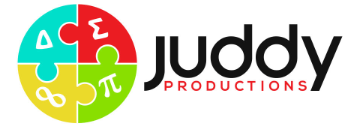Option 1: How can AC electricity charge a DC device?
This option investigates the processes involved in transforming the alternating current delivered by the electrical supplier into low voltage direct current for use with small current electrical devices. Students investigate a variety of circuits to explore processes including transformation, rectification, smoothing and regulation. They use a variety of instruments to observe the effects of electricity.
On completion of this unit the student should be able to construct, test and analyse circuits that change AC voltage to a regulated DC power supply, and explain the use of transducers to transfer energy.
Key knowledge
240 V AC to 6 V DC
- analyse the role of the transformer in the power supply system including the analysis of voltage ratio:
(not including induction or its internal workings) - explain the use of diodes in half-wave and full-wave bridge rectification
- explain the effect of capacitors with reference to voltage drop and current change when charging and discharging (time constant for charging and discharging, τ = RC ) leading to smoothing for DC power supplies
- describe the use of voltage regulators including Zener diodes and integrated circuits
- analyse systems, including fault diagnosis, following selection and use of appropriate test equipment
- interpret a display on an oscilloscope with reference to voltage as a function of time.
Data transfer
- apply the use of heat and light sensors such as thermistors and light-dependent resistors (LDRs) to trigger an output device such as lighting or a motor
- evaluate the use of circuits for particular purposes using technical specifications related to potential difference (voltage drop), current, resistance, power, temperature and illumination
- compare different light sources (bulbs, LEDs, lasers) for their suitability for data transfer
- explain the use of optical fibres for short and long distance telecommunications.
(Source: vcaa.vic.edu.au)
